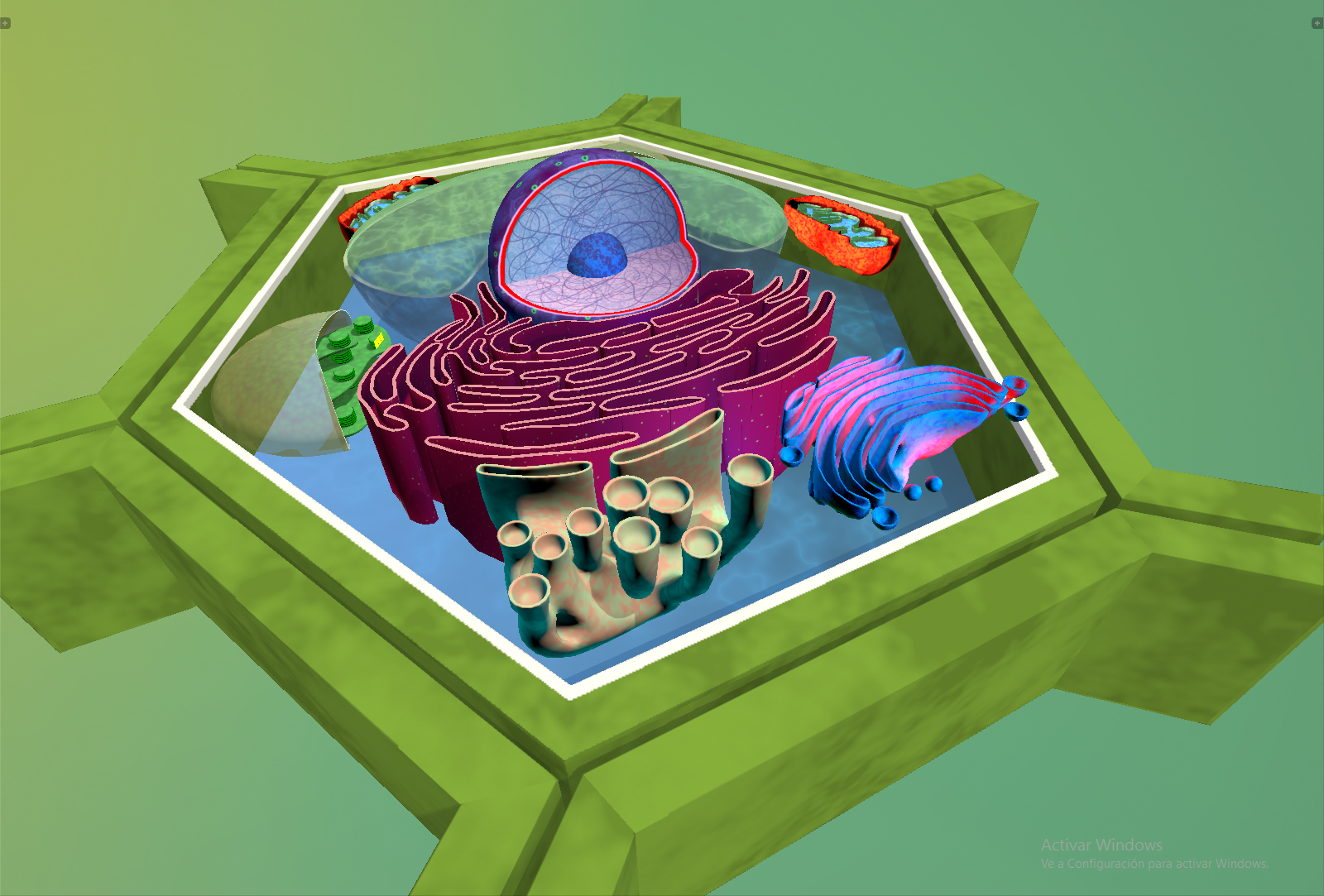By
Yéssica Contreras Fuentes ycontre@itesm.mx
Astrid Garnica Correa agarnica@itesm.mx
In cell biology, teaching and learning have been characterized by the teacher offering students a lecture in a classroom. If the school has a practical laboratory, the teacher might complement the information with microscope observations, otherwise, students just have to use their imagination. This makes it difficult to understand and assimilate the parts and functioning of the cells, owing to the number of components and the innumerable resulting abstract processes, which are studied across the semester.
To facilitate student learning in this area of knowledge, we designed and developed a virtual reality app, which contains animal and plant cells, making it possible to visualize the components and their structure. With the help of this application, the learning process is no longer abstract, but becomes an experiential learning process that can be visualized in three dimensions. This project is innovative in that in transports students to the level of the microscope with a virtual journey inside the cell and its components. The impact on learning will be a significant improvement in the identification of the parts of a cell and the functions carried out by each organelle. This is a more lifelike approach with 3D images that will make it easier for students to understand cell biology.
data-animation-override>
“We developed a virtual reality app to visualize animal and plant cells in 3D. Any teacher can use this app in their class, it’s free.”
This free application is called “VC Trip Cardboard”, and is available on iOS, Google Play and Oculus Store. Any teacher can try it out and use it in their classes. The objective is to make students feel that they are immersed in another reality, through the use of special equipment, such as: visors, the smartphone app, and headphones. The best device for using this app is Samsung Galaxy S6, although it also works on iOS and Android, but the quality is not quite the same.
Even though the results will not be available until next semester, we administered an opinion survey to a group of 28 students. 86% commented that it is an excellent academic support tool. 82% thought that this tool could help them to improve their academic performance in this subject. 82% said that they wished they could have studied cell function with this application.
On developing this app, we kept in mind that the teaching strategy should support significant, active learning with the use of electronic devices. Students can work collaboratively, while the virtual journey will help to enhance their interest, motivating and encouraging them to engage in their own learning process. This is considered fundamental to improve academic progress, which can be corroborated by comparing the evaluations of the pilot and control groups.
This idea can be applied to many other subjects. Considering other areas, students can learn to handle and operate complex equipment, conduct experiments, install and manage software, travel into outer space and inside the human body, to learn about how it works and the diverse internal processes.
If you have any questions or concerns about the functioning of this application, please do not hesitate to contact us by email.
About the authors
Yéssica Contreras Fuentes is an engineer and holds a Master’s degree in Computer Science. She is a High School teacher at Tecnológico de Monterrey, Campus Hidalgo.
Astrid Garnica Correa is a biologist and has a Master’s in Education. She is a High School teacher at Tecnológico de Monterrey, Campus Hidalgo.
This article from Observatory of the Institute for the Future of Education may be shared under the terms of the license CC BY-NC-SA 4.0 
)
)





)